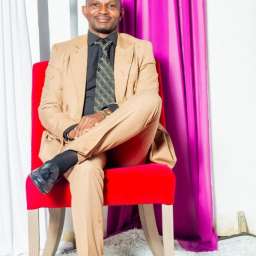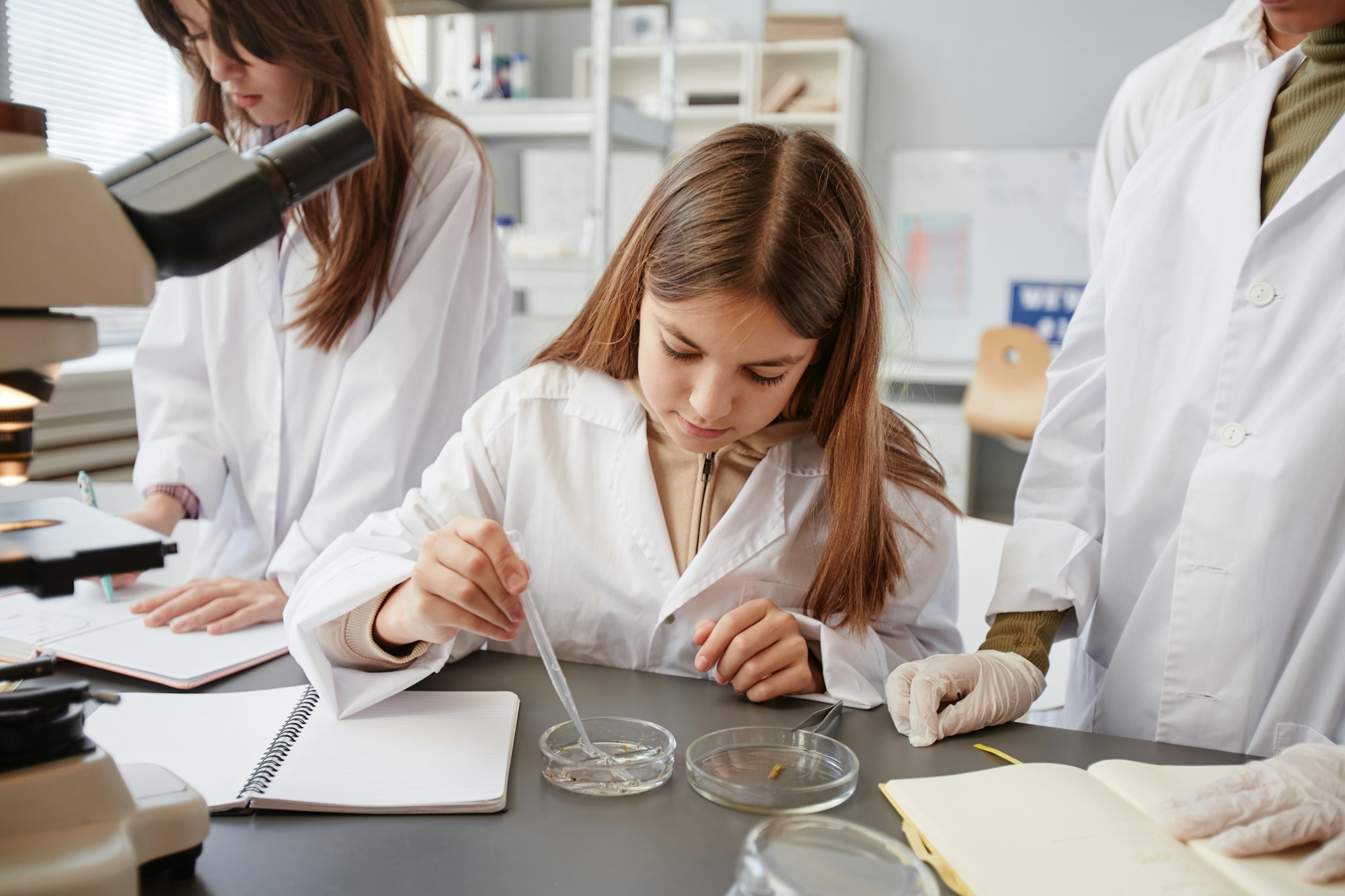Your basket is currently empty!

SayPro Training Material Practice of Claims and Loss Adjusting.
R14 999,00
SayPro Training Material: Practice of Claims and Loss Adjusting
Module 1: Introduction to Claims and Loss Adjusting
- Definition and scope of claims and loss adjusting
- Role and responsibilities of an adjuster
- Types of claims and losses
Module 2: Investigation and Evaluation
- Investigation techniques and tools
- Scene examination and documentation
- Interviewing witnesses and gathering evidence
- Evaluation of claims and assessment of damages
Module 3: Settlement and Negotiation
- Principles of settlement and negotiation
- Negotiation strategies and techniques
- Settlement agreements and documentation
Module 4: Property Claims
- Types of property coverage and exclusions
- Property loss assessment and valuation
- Subrogation and salvage
Module 5: Casualty Claims
- Types of liability coverage
- Investigation of casualty claims
- Assessment of bodily injury and property damage
Module 6: Workers’ Compensation Claims
- Overview of workers’ compensation laws
- Investigation and evaluation of workers’ compensation claims
- Claims management and disability assessment
Module 7: Automobile Claims
- Types of automobile coverage
- Investigation of automobile claims
- Damage assessment and repair estimates
Module 8: Professional Liability Claims
- Types of professional liability insurance
- Investigation and evaluation of professional liability claims
- Defense strategies and settlement considerations
Module 9: Ethics and Standards
- Ethical guidelines for claims adjusters
- Professional standards and regulations
- Conflict of interest and impartiality
Module 10: Case Studies and Practical Exercises
- Case studies based on real-world claims scenarios
- Practice exercises to develop investigation, evaluation, and negotiation skills
Assessment
- Written examinations
- Case study assignments
- Practical exercises
Learning Outcomes
Upon completion of this training module, participants will be able to:
- Understand the principles and practices of claims and loss adjusting
- Conduct thorough investigations and evaluations
- Negotiate and settle claims effectively
- Handle property, casualty, workers’ compensation, and automobile claims
- Adhere to ethical guidelines and professional standards
- Apply their knowledge and skills to real-world claims scenarios## SayPro Training Material Practice of Claims and Loss Adjusting.
Executive Summary
SayPro’s training material on Practice of Claims and Loss Adjusting is a comprehensive resource for individuals seeking to enhance their knowledge in the field of insurance claims and loss adjustment. This comprehensive guide covers the fundamental concepts, processes, and practices involved in claims handling, providing valuable insights into the industry’s best practices.
Introduction:
The insurance industry plays a crucial role in providing financial protection and risk management to individuals, businesses, and organizations. Claims and loss adjusting is a specialized field within the insurance industry that involves the assessment, investigation, and settlement of insurance claims. Effective claims handling is essential for ensuring fair and timely compensation to policyholders while safeguarding the financial interests of insurance companies.
Practice of Claims and Loss Adjusting
Insurance claims arise when policyholders experience a covered loss or damage. The claims process typically involves the following steps:
- Claim Reporting: Policyholders report their losses to their insurance provider.
- Claims Investigation: Insurance adjusters investigate the claims to determine the extent of damage, liability, and coverage eligibility.
- Claims Settlement: Adjusters negotiate and settle claims with policyholders based on the terms of their insurance policies and the assessed damages.
FAQs
Q1. What are the key responsibilities of a claims adjuster? Q2. What are the different types of insurance claims? Q3. How can I improve my claims handling skills?
Subtopics
1. Principles of Insurance Claims
- Understanding Insurance Contracts: Analyzing policy terms and conditions to determine coverage eligibility.
- Principles of Indemnity: Ensuring that policyholders are compensated for their actual losses without financial gain.
- Subrogation Rights: Insurers’ rights to pursue recovery from third parties responsible for causing the loss.
- Statute of Limitations: Time limits imposed by law for filing insurance claims.
2. Claims Investigation
- Initial Contact: Establishing communication with policyholders and gathering initial information.
- Evidence Collection: Documenting the loss, including photographs, witness statements, and expert reports.
- Determining Liability: Investigating the circumstances of the loss to determine responsible parties.
- Assessing Damages: Evaluating the extent of damage or loss based on industry standards and guidelines.
3. Claims Settlement
- Negotiation: Engaging in discussions with policyholders to reach a fair settlement amount.
- Settlement Agreement: Drafting and finalizing settlement agreements that outline the terms of the settlement.
- Payment Processing: Disbursing payment to policyholders in accordance with the settlement agreement.
- Claims Closure: Finalizing the claims file and ensuring proper documentation and recordkeeping.
4. Types of Insurance Claims
- Property Claims: Claims related to damage or loss of physical property, such as buildings, vehicles, or equipment.
- Liability Claims: Claims seeking compensation for injuries or damages caused to others.
- Business Interruption Claims: Claims compensating businesses for lost income or expenses resulting from covered events.
- Life and Health Claims: Claims related to death or disability benefits provided by life and health insurance policies.
5. Professional Ethics and Standards
- Code of Conduct: Adhering to ethical guidelines and professional standards in claims handling.
- Objectivity and Impartiality: Maintaining fairness and impartiality throughout the claims process.
- Confidentiality: Respecting the privacy of policyholders and protecting sensitive information.
- Continuing Education: Staying abreast of industry developments and best practices through ongoing training and certification.
Conclusion:
SayPro’s training material on Practice of Claims and Loss Adjusting provides a comprehensive foundation for individuals seeking to excel in the insurance claims industry. By understanding the principles, processes, and ethical considerations involved in claims handling, individuals can develop the skills necessary to navigate the complexities of this dynamic field. Embracing continuous learning and staying informed of industry best practices are crucial for success in this profession.
Keywords Tags:
- Claims and Loss Adjusting
- Insurance Claims
- Claims Investigation
- Claims Settlement
- Claims Management
You must be logged in to post a review.
Vendor Information
- 5.00 rating from 1 review
-
Saypro Bonsmara Cattle Cow For Sale In Mamelodi Ext 6 Area
Read more -
Saypro Financial Status Review For Better Decision-making Service In Vosloorus Uit 9 Area
Read more -
SayPro Quarter 3 SayPro Human Resource Board Committee Report and Meeting
Read more -
Saypro Accounting Tutor In Mondeor Ext 3 Area
Read more -
Saypro What Is Mesh
Read more -
Saypro Digital Health Innovation
Read more






Reviews
There are no reviews yet.